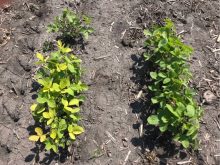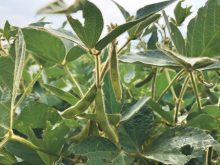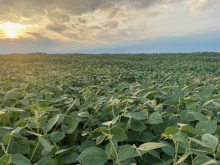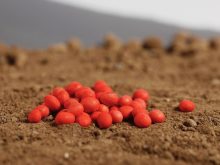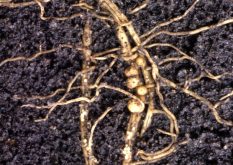While soybean production across Canada has had its ebbs and flows of seeded acres over the years, the trend has generally been in an upward direction with breeding work continuing to develop varieties adaptable to variable growing conditions particularly in Western Canada.
A profitable crop, largely only grown in southern Ontario until the 1970s, soybeans have an interesting classification. According to the Manitoba Pulse and Soybean Growers (MPSG), by definition, soybeans are not a pulse because their seed is not dry (it contains high amounts of oil). While they are healthy, they are not as nutritious as edible pulse crops such as beans, peas, lentils and chickpeas. MPSG includes soybeans in its portfolio because they are a legume and agronomically they grow like a pulse — they are able to fix their own nitrogen and their seeds grow in pods.
Read Also

Claas brings 1000 Series SP forage harvesters to Canada
In mid-August, Claas unveiled its new line of Jaguar forage harvesters at an event in Visalia, California, deep in the heart of that state’s dairy region.
There were just more than five million acres of soybeans seeded in Canada in 2020, according to Soy Canada. With production ranging between 5.5 and nearly 7.5 million acres in recent years, soybeans rank fourth among Canada’s principal field crops in terms of acreage.
Manitoba is the headquarters for soybean production in Western Canada. They entered crop statistics in 2001 with about 50,000 acres and production has increased steadily since. Manitoba acres were estimated at 1.15 million acres in 2020.
Saskatchewan got on the board in 2013, with about 170,000 acres of soybeans. Its numbers have really ebbed and flowed over the past seven years. Production was pegged at 126,700 acres in 2020.
And Alberta didn’t get on the statistics board until 2018, with about 18,300 acres of soybean production, which dropped to about 2,500 acres in 2020.
The biggest soybean production year in Canada was 2017, with a total of 7,282,000 acres of beans. Every soybean-producing region reported significant increases in acres that year.
However, production has continued to drop in most soybean zones in the past four years, reaching five million acres in 2020.
For more information on soybeans’ role in Canadian agriculture, visit the Soy Canada website.





